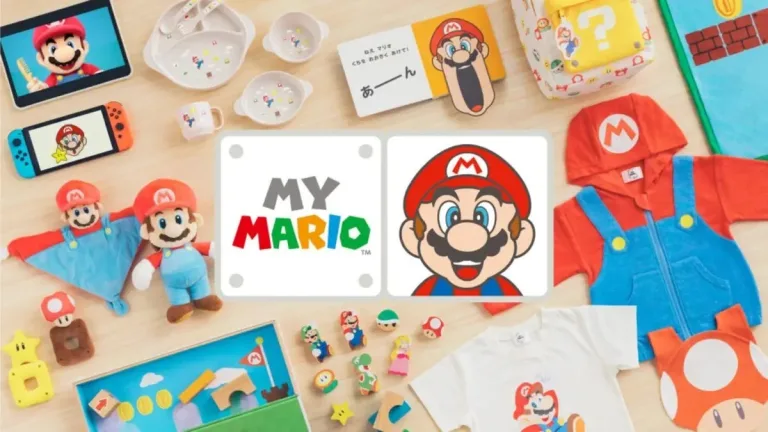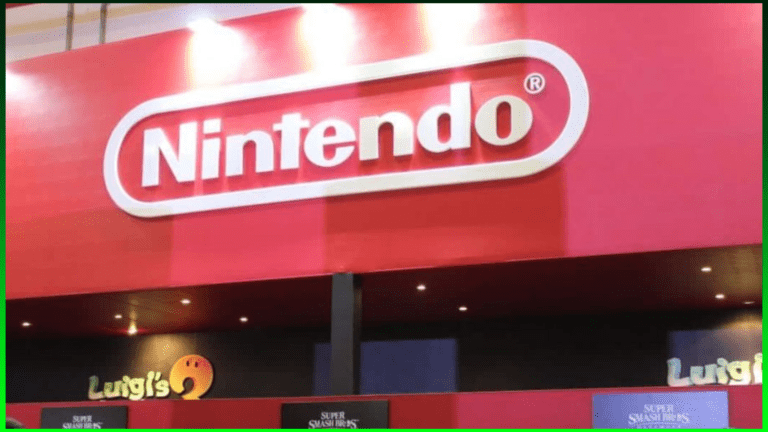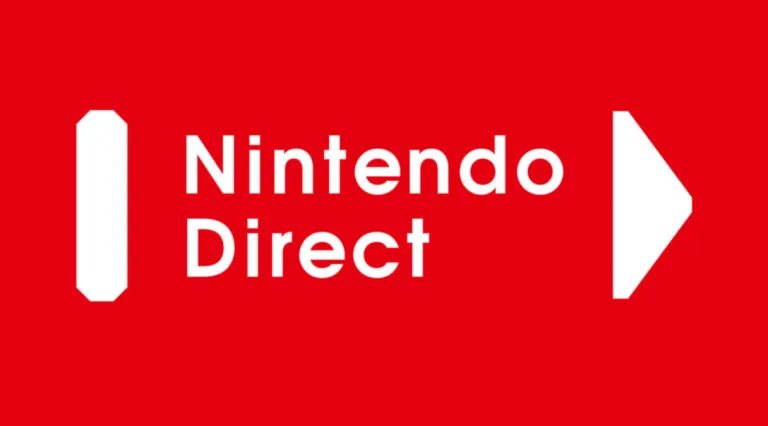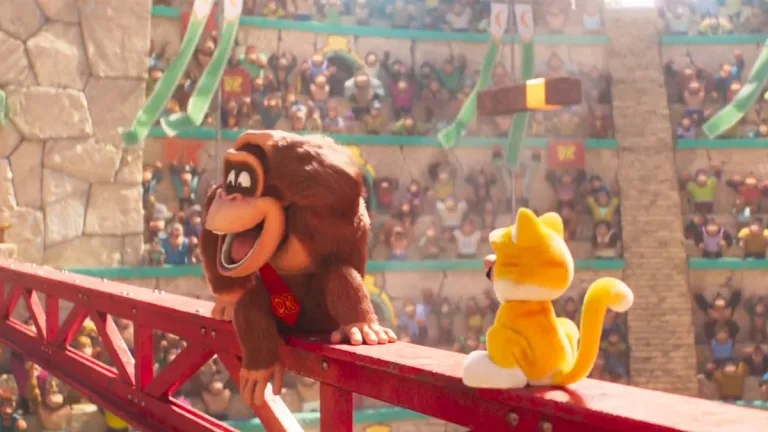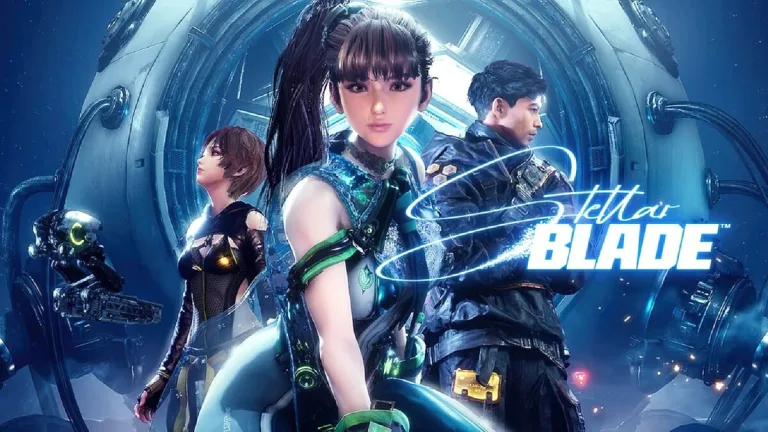The Anaheim Convention Center has seen its share of spectacles, but from August 15–17, 2025, it became...
Nintendo
In a move that’s sparked global debate across gaming and collector communities, McDonald’s Japan abruptly ended its...
Absolutely, Jesús! Here’s a detailed and original blog post draft tailored for your editorial style and audience,...
Nintendo’s August 2025 Indie World Showcase delivered a vibrant mix of creativity, nostalgia, and innovation, spotlighting 18...
Nintendo’s Q1 FY2026 earnings report dropped on August 1, 2025, and while the numbers show a company...
Definitely, Nintendo already had its major announcements by the launch of the Nintendo Switch 2 a couple...
The latest Pokémon Presents showcased a wealth of announcements spanning new games, expansions, media projects, live events,...
After years of speculation, fan casting debates, and cautious optimism, Nintendo has finally lifted the veil on...
Since The Super Mario Bros. Movie burst onto the scene in 2023—becoming one of the biggest box-office...
Stellar Blade exploded onto the scene as a PlayStation 5 exclusive in April 2024, winning hearts with...




